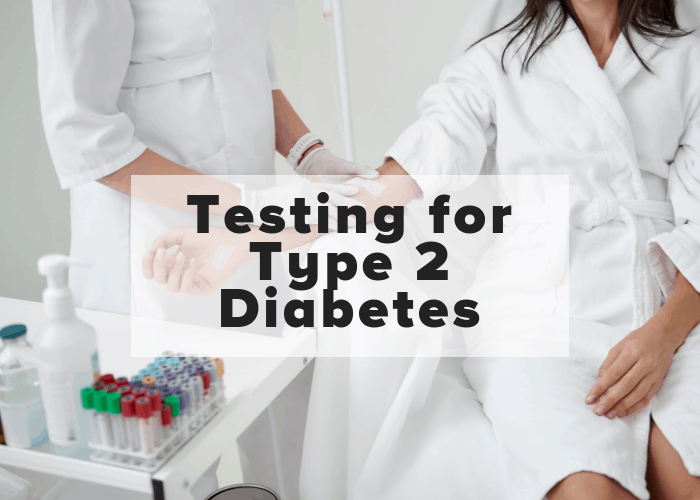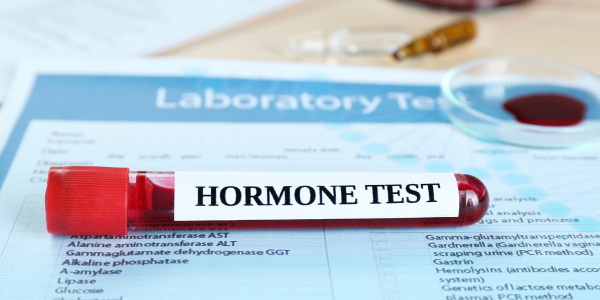

Hi. I’m Dr. Emily Parke with your functional health minute. Today I’d like to talk to you about the subject of type 2 diabetes. More and more people are being diagnosed with type 2 diabetes these days.
Type 2 Diabetes
So what is it? Let’s start there. So what happens in type 2 diabetes is you get an insulin sensitivity problem. So what that means is your body cells become less sensitive to insulin. So what happens? Well, when blood sugar rises, our body’s natural response is to have insulin rise. Insulin gets secreted by the pancreas in response to blood sugar. So if blood sugars remain high all the time, and the pancreas is constantly spitting out insulin, what happens is over time is your cells become less sensitive to that insulin, and meaning it takes more and more insulin to lower the blood sugars. And eventually, if that continues on over time, then the pancreas will at some point no longer be able to keep up with insulin secretion, and that is how type 2 diabetics actually end up having to take insulin injections.
Traditional Testing
Traditional treatment of type 2 diabetes involves oral medications. In functional medicine, we actually go at it from a completely different approach. So we look at really all of the lifestyle factors, but of course diet is huge. So I have found using a paleo approach with lower carbohydrates to be really, really effective in reversing type 2 diabetes. And it is possible to reverse it, especially earlier on. The earlier on you catch it, the better time you’re going to have reversing it, especially with diet changes. But it’s more than just diet. It’s also about sleep. It’s about exercise and movement. It’s about stress management, toxin reduction, making sure you don’t have nutrient deficiencies. So there’s a lot of nutrients that are co-factors for a healthy blood glucose insulin interaction, such as chromium, vitamin D, magnesium, just to name a few. But these are all things we will be checking in functional medicine and making sure that those levels are optimized.
Type 2 Diabetes and Functional Medicine
So what numbers are we looking for in your labs to see how you’re doing as far as type 2 diabetes? Do you have the diagnosis? Are you close to it? How are you doing managing it? So there’s three key numbers that we take a look at. We have to put them all into perspective. Of course we’re going to look at your fasting blood sugar. So that’s your fasting blood glucose on your lab. That is what is your fasting blood sugar first thing in the morning when you wake up. That’s one piece of the puzzle. The next piece of the puzzle is what is your fasting insulin level. So remember I said that type 2 diabetes is insulin insensitivity problem? So we actually want to see what are your fasting insulin levels. And then the third part is looking at what’s called your hemoglobin A1c. Hemoglobin A1c is a three-month picture of what your blood sugar has been doing, meaning over the past three months, what have your average blood sugars been.
So those are the laboratory values that we’re going to be looking at, and true to functional medicine, we’re not just going to look at the normal ranges, right? We want to actually make sure you’re in the optimal range. So for example, for fasting blood glucose, the lab calls normal below 100. Well, optimal would be more like below 85. Definitely below 90. Fasting insulin, same thing. The lab will call up to 20 or 25 normal, depending on the lab, but optimal is definitely below ten, and actually, perfect would be below five for a fasting insulin level. And hemoglobin A1c, 5.6 or below the lab’s going to call normal. Once it hits 5.7, the lab will call that pre-diabetes. So for us, we’re actually looking for hemoglobin A1c to be more optimal, more like 5.0 or so. So I hope this helps kind of clear up a few questions about type 2 diabetes. What it is, how it’s diagnosed, and the functional medicine approach. I’m Dr. Emily Parke with your functional health minute for today.
Share:
Social Media
Most Popular Posts
Subscribe To Our Newsletter
Related Posts

New Podcast Episode: My journey into functional medicine + what I’ve learned
I’m excited to share that I recently joined DeLo for Episode 165 of the On the DeLo podcast! In this conversation, we explored my journey

Understanding the Essential Labs for Women on Hormone Replacement Therapy (HRT)
So what are the minimum labs we’re looking at when we do hormone replacement therapy? We obviously want to look at an estrogen level, so

How to figure out the right amount of HRT in women
What about checking lab values when you’re on hormone replacement therapy? I do find it to be helpful, but we also want to consider symptoms.

Did you know there’s a difference between food allergies, sensitivities, and intolerances?
Did you know that there’s a difference between food allergies, food sensitivities and food intolerances? Food allergies, the reactions tend to happen pretty immediately and
